Gunrise Farms | A Devotion to Conservation
Ty and Teri-Lee Holland have a bird dog named Otter. Ty jokes that he got himself a bird dog, and then got his bird dog 320 acres of land. Purchased in November of 2020, Gunrise Farms has 14 fields, 22 roads, and seven creeks connecting to the Enoree River and Indian Creek. At first I thought it was a business, but I’m not sure they’re turning a profit. It seems like a private hunting area for quail, deer, and turkey, but it’s also more than that. Gunrise Farms is a family-owned conservation effort aimed at restoring the habitats required to support native species. Surrounded by the Sumter National Forest and Indian Creek Restoration Quail Focal Areas, the Hollands’ land is in position to make a real difference in conservation. “We really see ourselves as a continuum of management,” Ty told me. “We have a responsibility to leave the place better for the children and the community.”
With the rise of single-crop fields and pine plantations, the diverse ecosystems needed for ‘food, brood, and cover’ have been destroyed and fragmented, resulting in a drastic drop in quail population in the last 40 years. Ty is the president of the Midlands chapter of Quail Forever, a non-profit aimed at conservation for the quail and other native species which have experienced habitat destruction. Through habitat improvements, education, and advocacy, the group works to restore both public and private land to conditions suitable for flourishing wildlife populations. Local biologist Jake McClain, who created the habitat plan for Gunrise, understands how important those patches of private land are in creating a continuous area for wildlife. “Any serious effort to conserve and manage quail, turkey, deer, and songbird populations east of the Mississippi, where public land is scarce, requires the dedication of private land-owners who care enough to roll up their sleeves and spend time and resources improving the habitat,” he told me.
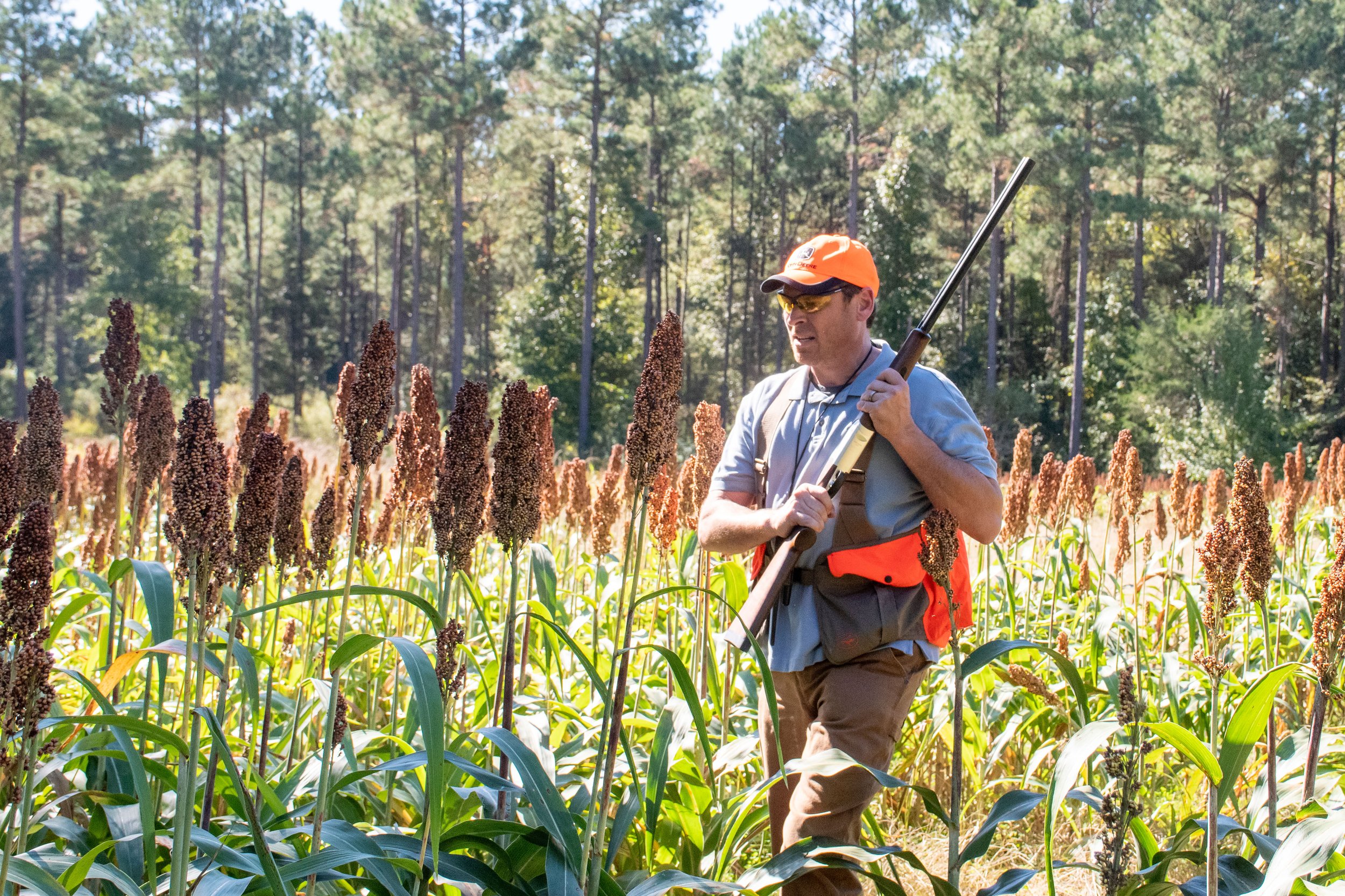
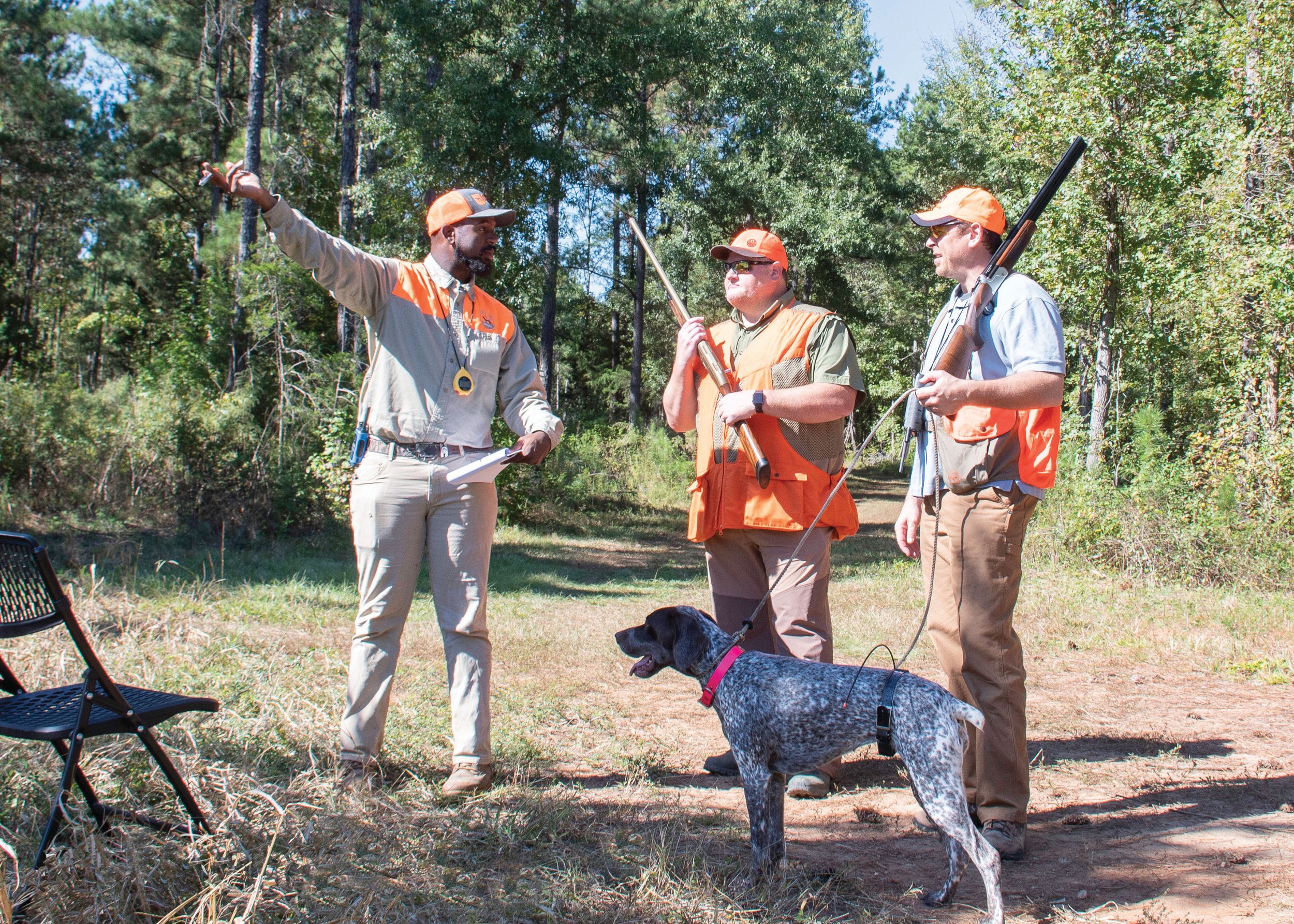
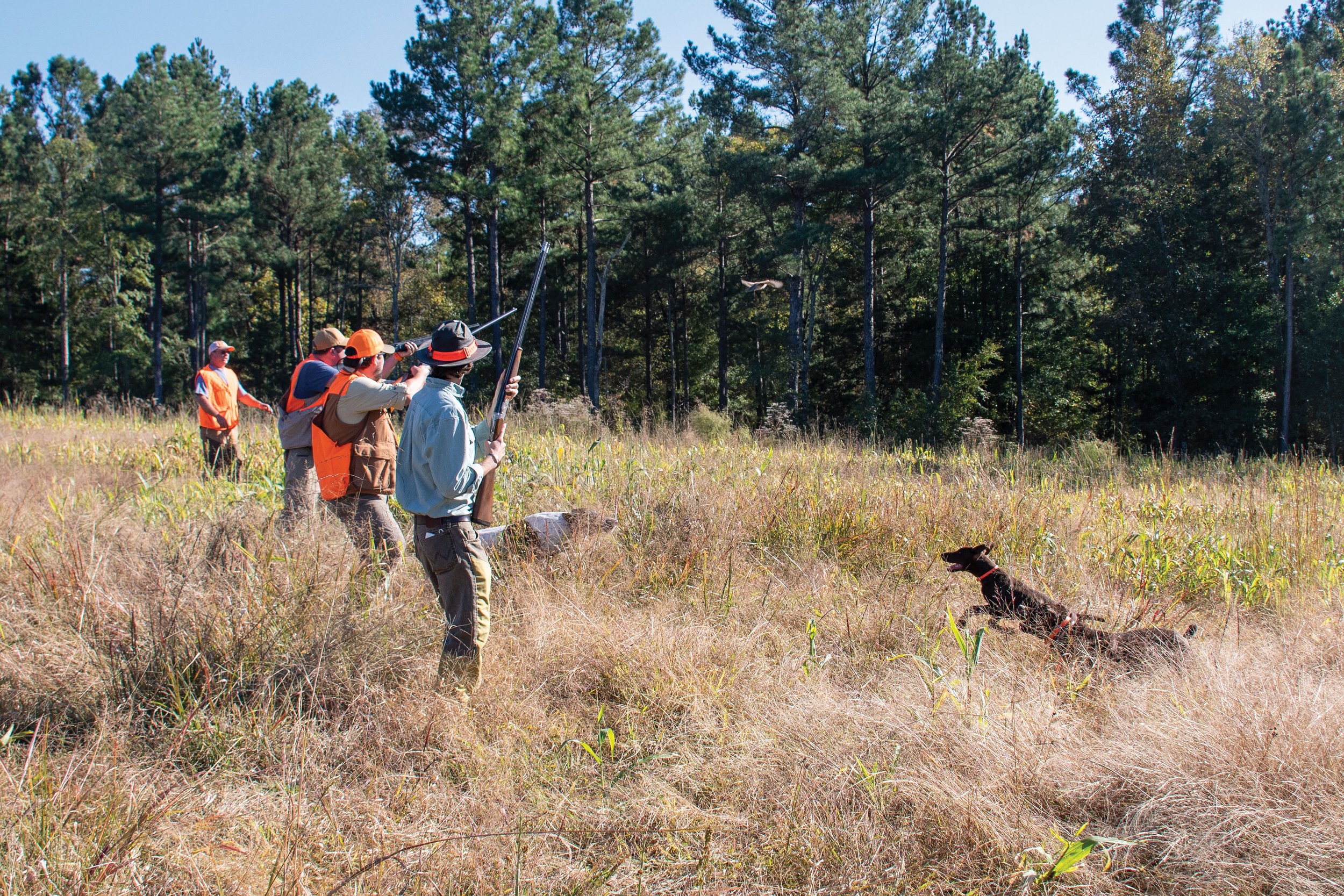

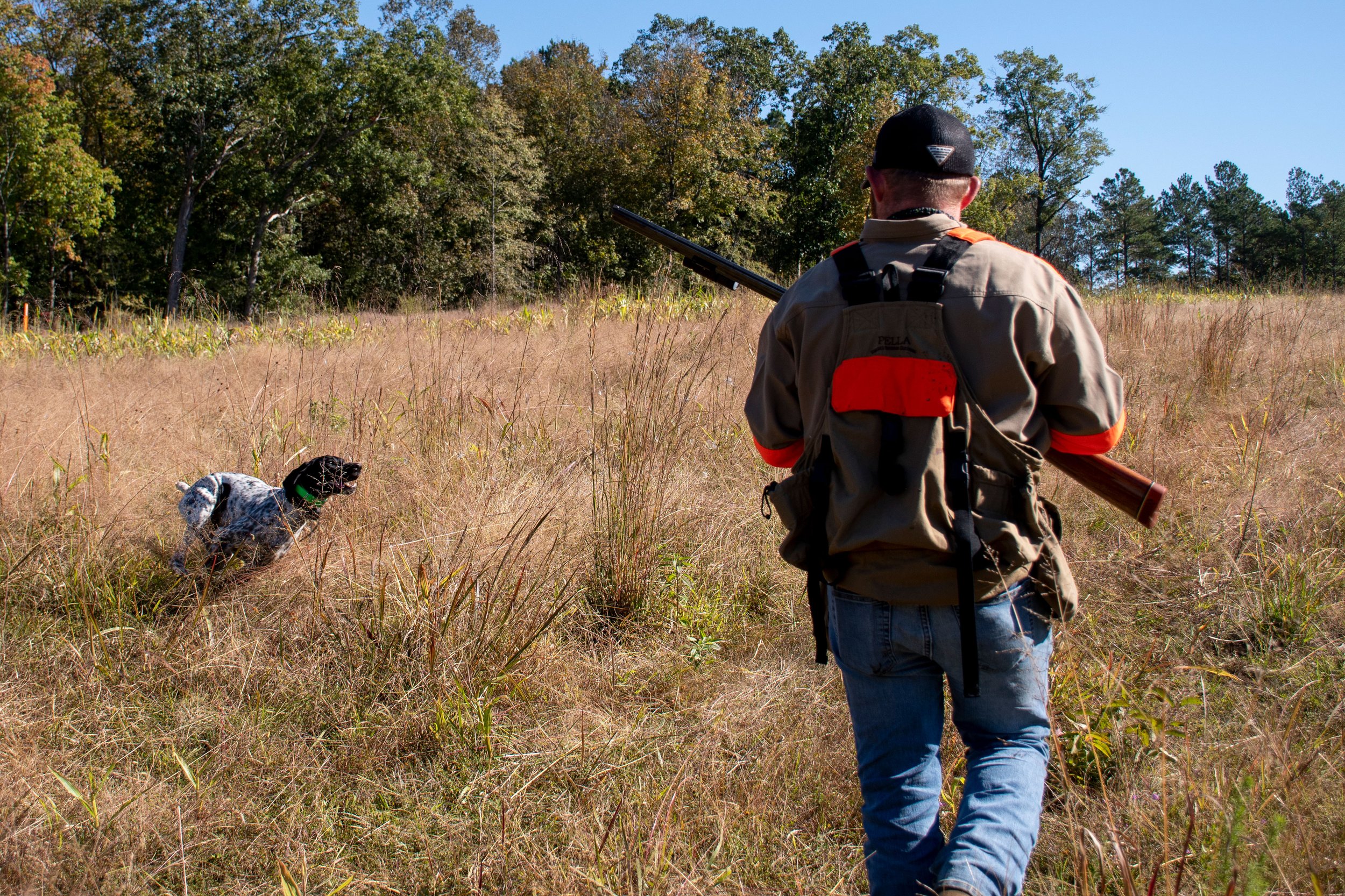
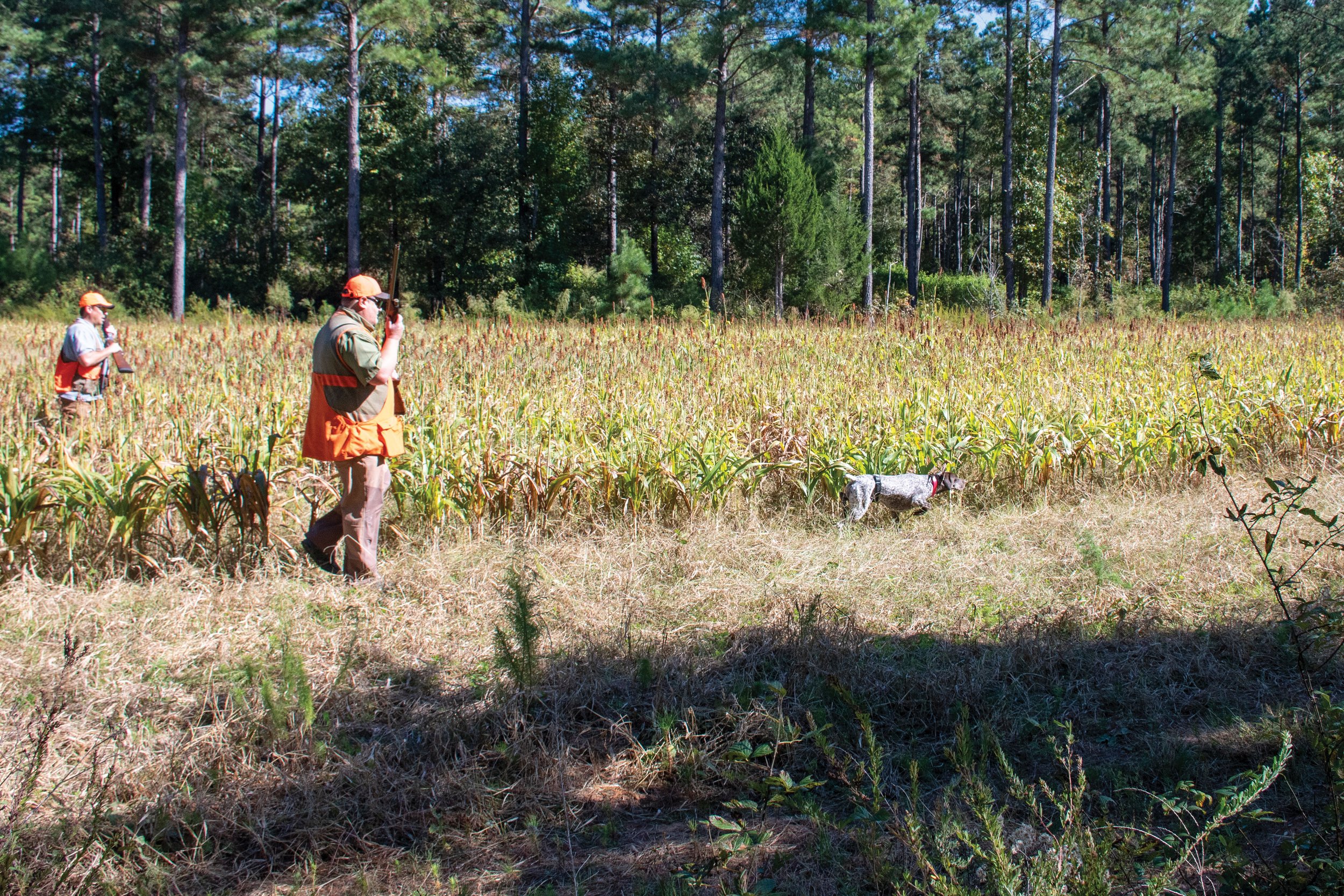
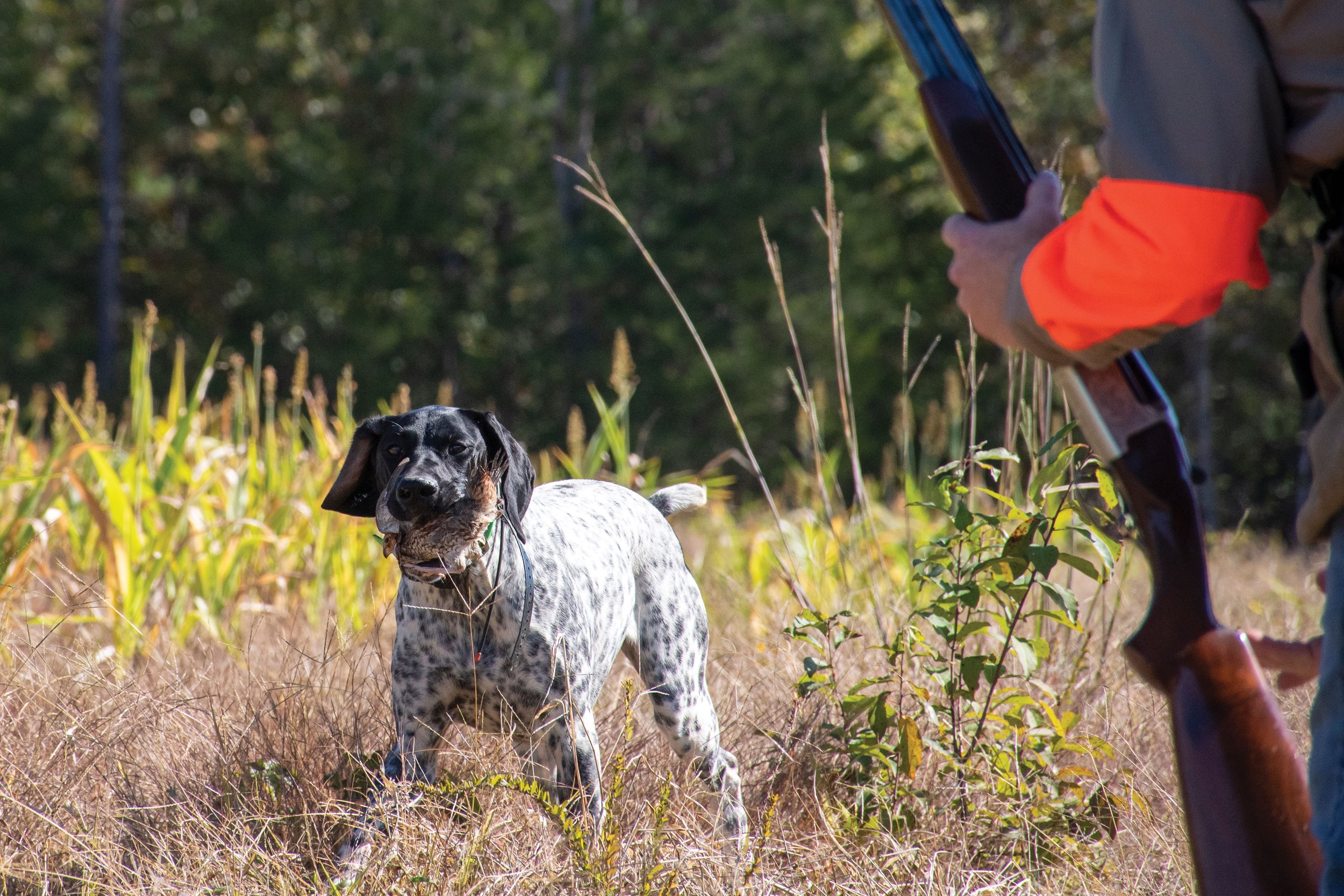
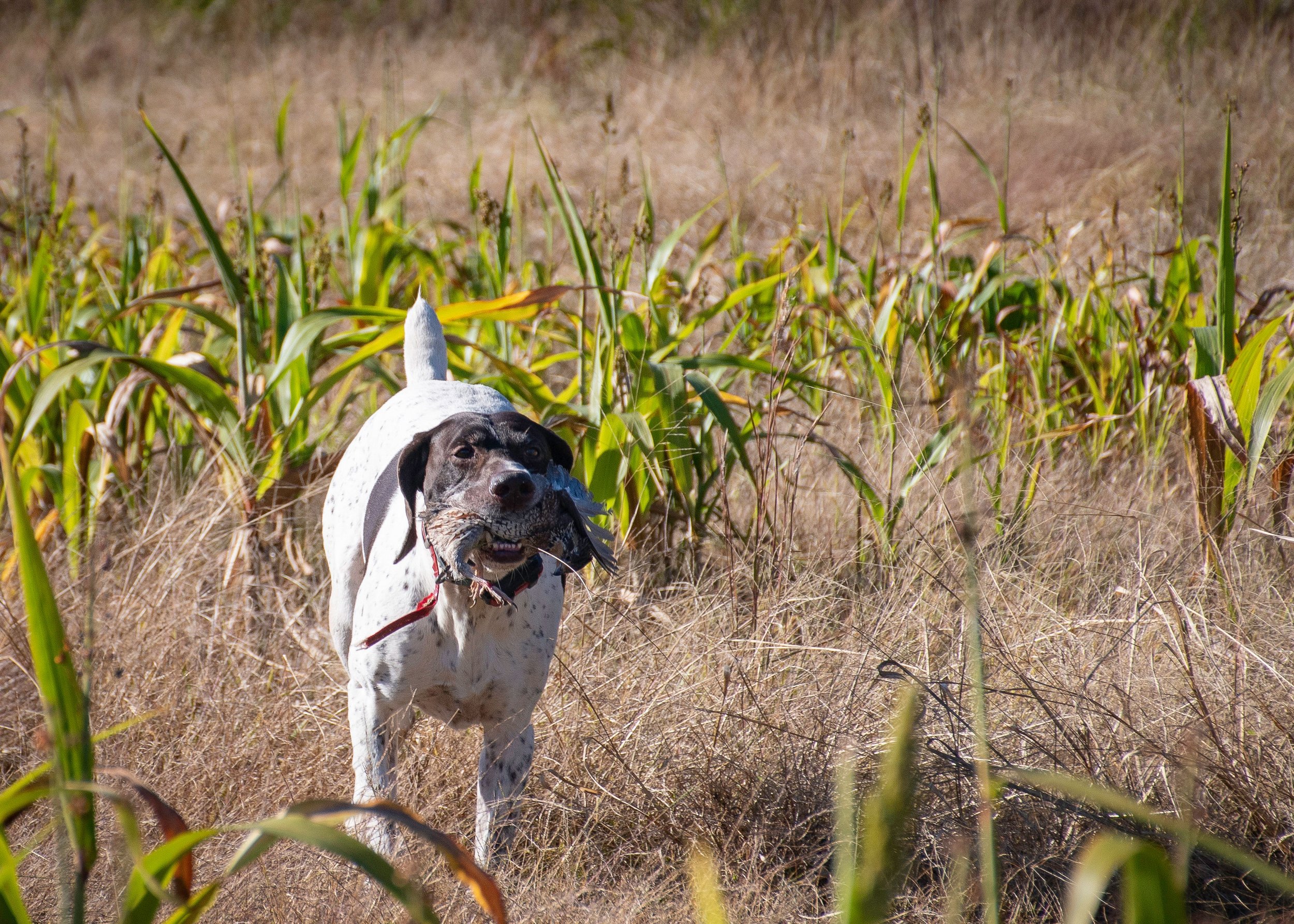
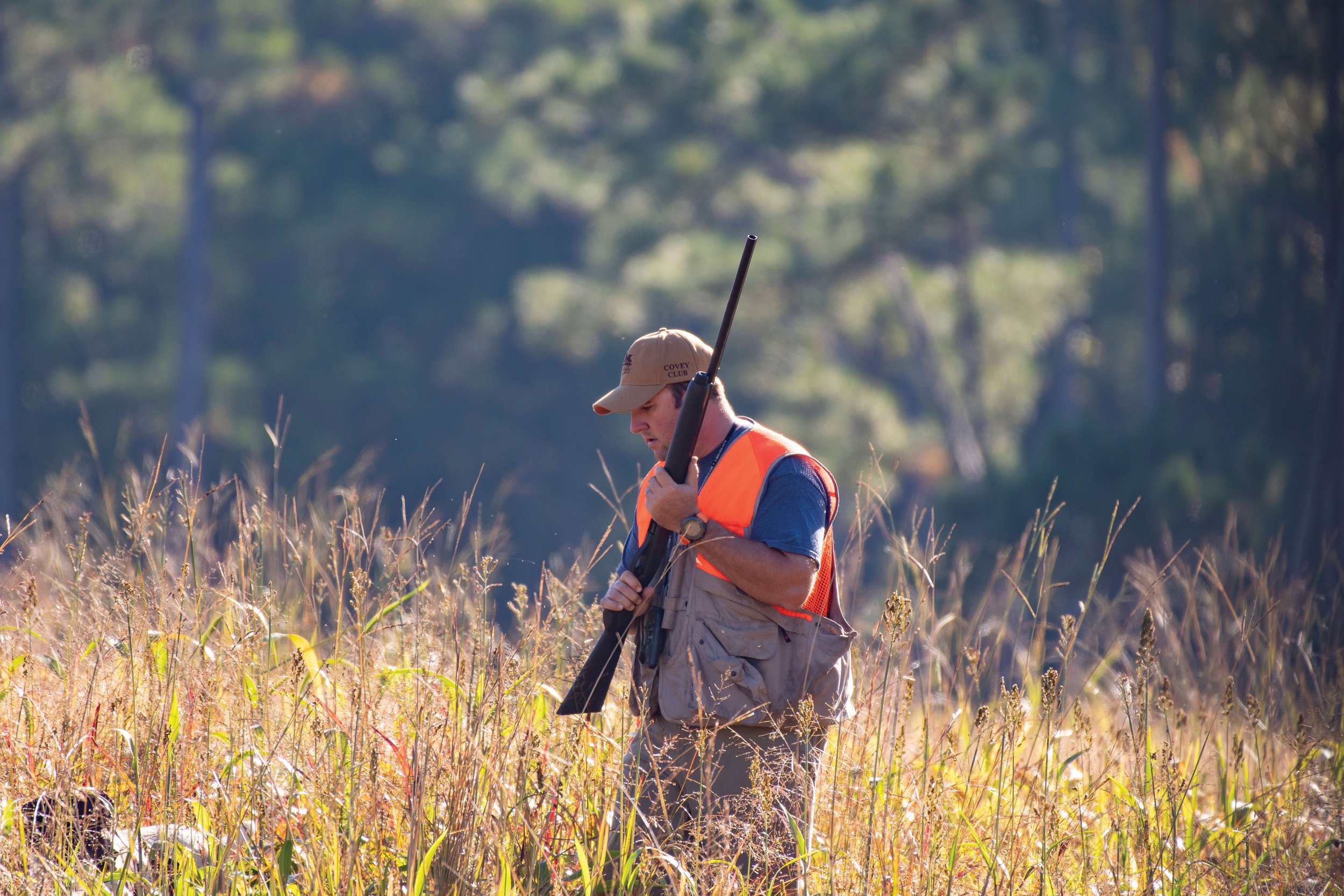
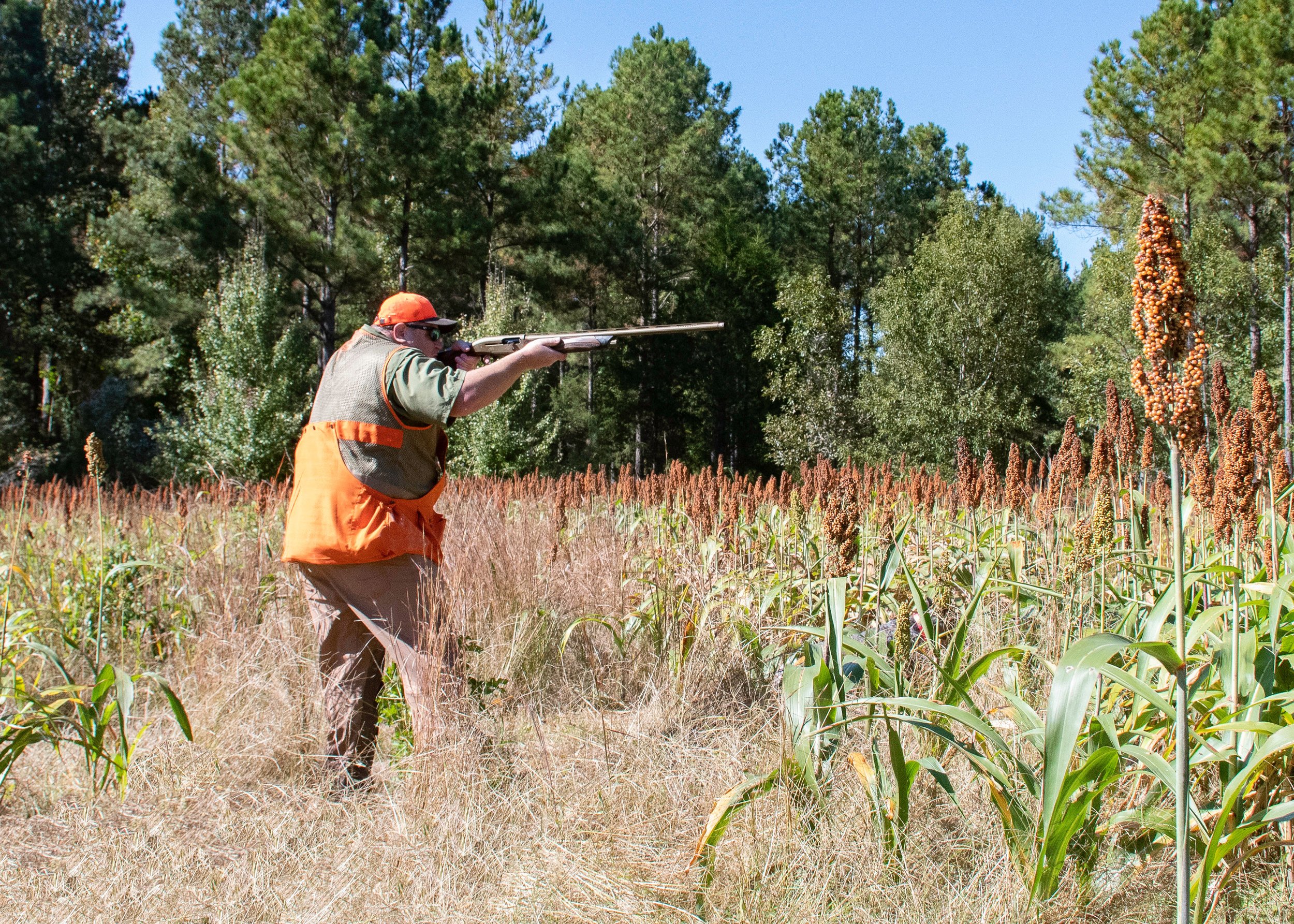
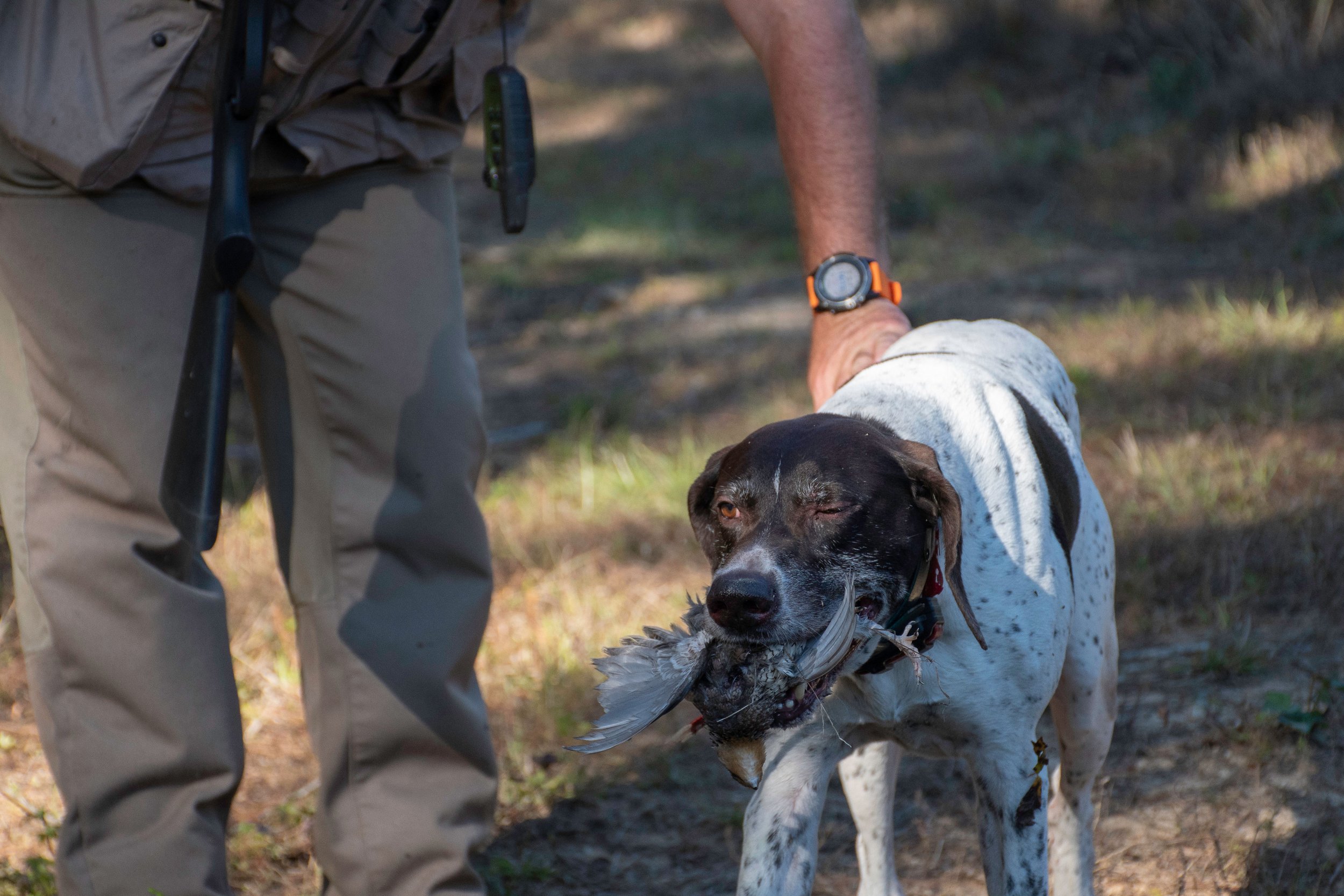
What does land management for conservation look like? It might not be what you expect. It turns out we need fewer trees and more of the other stuff. A typical piece of forest land has a basal area (BA) of about 90; this means that for every acre, there are roughly 90 square feet of trees. Quail populations require land with a lower density of trees, about 30-50 BA. If the forest canopy is too thick, the amount of sunlight reaching the forest floor is not enough to support the brushy flora needed by quail to nest, lay eggs, and escape from predators like hawks or coyote. Reducing the number of trees also reduces the competition for resources and allows more growth from the remaining trees, which is preferable for timber harvesting.
The two main strategies for lowering forest density are prescribed burns and timber thinning, both of which the Hollands have employed on their land. In 2022, the Hollands thinned 185 acres of land and burned more than 30 acres, with a plan to burn more in 2023. Of course, some areas are too green to burn, and the back-up mowers must be brought in. Five goats by the names of Timon, Pumba, Chip, Dale, and Smoky efficiently take care of any areas that aren’t fully cleared by a burn. With more room to grow, plants like sorghum, millet, buckwheat, ragweed, radishes, and partridge pea are planted and cultivated on Gunrise. Many are in an area affectionately dubbed ‘the grocery store’ to create high-value foraging areas for wildlife; partridge pea for the turkeys, radishes for the deer, and ragweed for the quail. Other fields have been sectioned into geographical areas or ecosystems like oak and pine savannas or ‘the Dakotas,’ three fields with varying lengths of grasses to imitate the prairies of the plains states.
Teri-Lee already runs a “take what you need, leave what you can” produce stand from the farm’s garden, where she plants on a slope to optimize irrigation and uses no-till methods to reduce soil erosion and destruction. She’s also in charge of the chickens, both for eggs and for meat and cultivating their varieties of apple trees, plums, and peaches. Looking forward to the future, the Hollands have more ideas for how to use the land and help the community. Ty hopes to create a community composting area, hold farm-to-table dinner date nights, and build out a glamping area complete with TV’s to catch the game. Updating and improving lodging, continual upkeep of the 30+ deer blinds, and organizing hunts with guides and bird dogs takes up most of the schedule for now, but the Hollands love the work. “We’re trying to create a legacy for the kids,” Teri-Lee said. “To see [our son Logan] learning land management and participating in burns at 10 years old is everything to us.”








